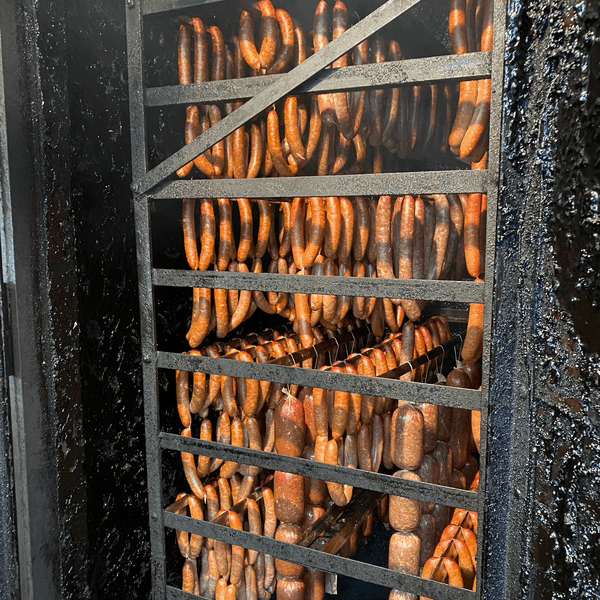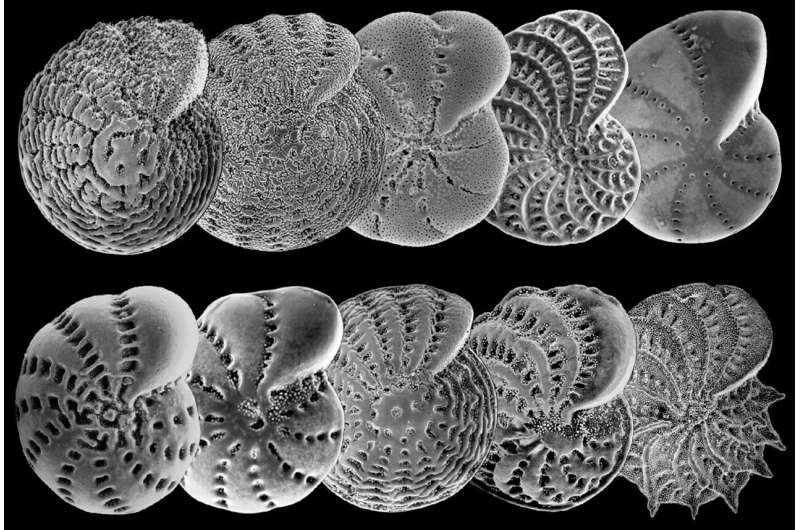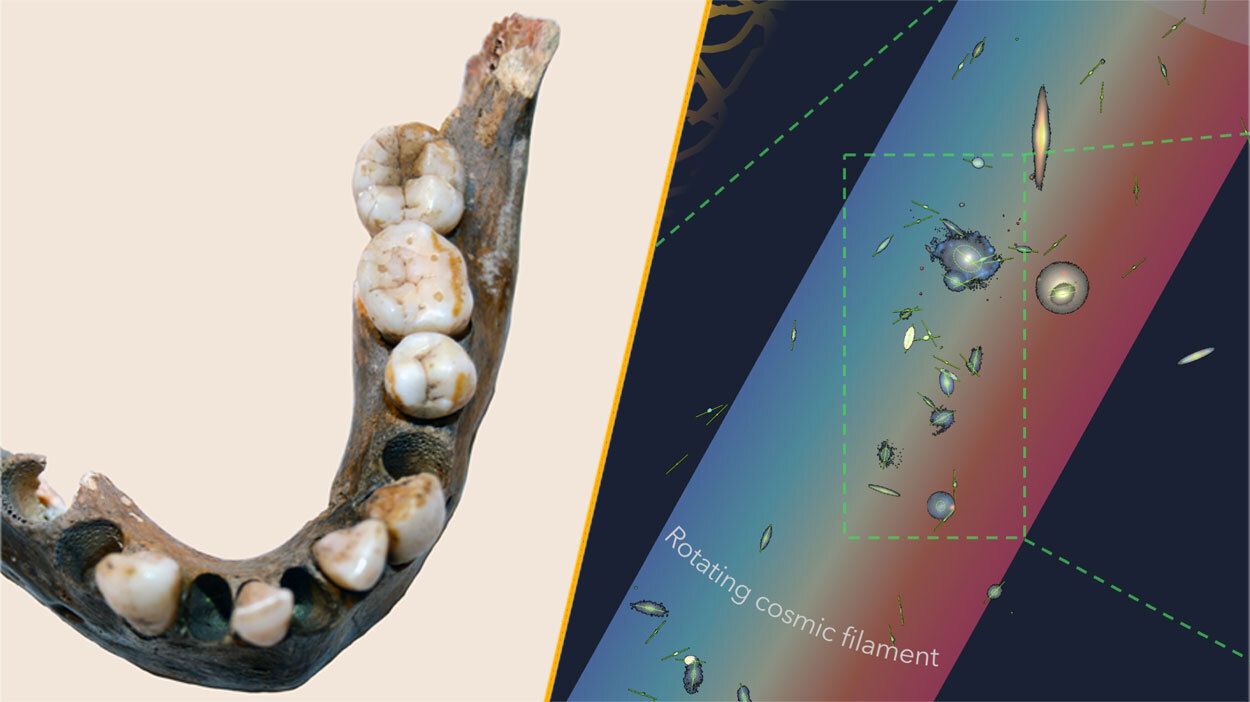Sausage making, a practice that dates back thousands of years, is undergoing a transformation as producers explore innovative casing materials. Traditionally, animal intestines served as a natural way to encase ground meat and off-cuts, ensuring minimal waste. Today, however, advancements in technology and a growing demand for plant-based options have led to a variety of new alternatives.
The use of animal intestines for sausage casings remains prevalent. According to Gary Sullivan, a meat scientist at the University of Nebraska-Lincoln, the size of the intestine used often depends on the desired size of the sausage. For instance, “the intestine of a sheep is small like your finger,” while “the intestine of a cow is like a half-dollar,” explained Christie Eichentopf, co-owner of Otto’s Sausage Kitchen in Portland, Oregon. Yet, natural casings come with their disadvantages, including higher costs and the challenges of handling delicate materials. Elias Cairo, head salumist and co-owner of Olympia Provisions, noted that natural casings can be “two to three times more expensive” than synthetic alternatives.
Exploring Innovative Casing Materials
In recent years, some sausage manufacturers have begun to incorporate alginate, a gel-like substance derived from brown seaweed, into their production processes. When combined with a calcium solution, alginate transforms into a tough, transparent casing that provides a seamless alternative to traditional stuffing methods. Nicole Sorensen, president of Hill Meat Company in Pendleton, Oregon, stated that her company made the shift to alginate-based casings approximately seven years ago. The transition involved updating production equipment but has proven beneficial. “Customers don’t miss the chewiness that sometimes comes with natural casings,” she added, highlighting the visual appeal of alginate casings that showcase the meat inside.
Cellulose is another plant-based option being utilized in sausage production. Made from the starchy components of materials like wood and straw, cellulose casings are inedible and are primarily used for shaping and cooking sausages before being peeled away. Marcia Walker, a food scientist and director at Oregon State University’s Food Innovation Center, noted that cellulose casings can be infused with various flavors. During her tenure as vice president for research and development at Tofurky, she oversaw a project that embedded flavoring directly into cellulose casings. “We were able to replace that whole smoking process,” Dr. Walker explained.
The Future of Sausage Casings
Despite the variety of new materials available, natural casings are likely to maintain their place in the sausage market. Many consumers appreciate the “snappy bite” that comes from sausages encased in animal intestines, particularly those from sheep. This characteristic is often associated with high-quality hot dogs, according to Wesley Osburn, a meat scientist at Texas A&M University. “You get that characteristic snap,” he noted, reaffirming the enduring appeal of traditional sausage-making methods.
As the industry evolves, the balance between tradition and innovation will continue to shape the future of sausage production. With diverse options now available, manufacturers are well-positioned to meet the changing preferences of consumers while still respecting the age-old practices that have defined sausage making for generations.







